It may be stock as a rock but the drag strip didn’t faze our long-term Harley-Davidson Fat Bob as much as it fazed its rider
Things haven’t gone exactly to plan with Bob. With parts on backorder and a high-flow of new metal coming through the AMCN garage, we’ve had to skip a step in the performance upgrades we had planned for our long-term Harley-Davidson Fat Bob 114.
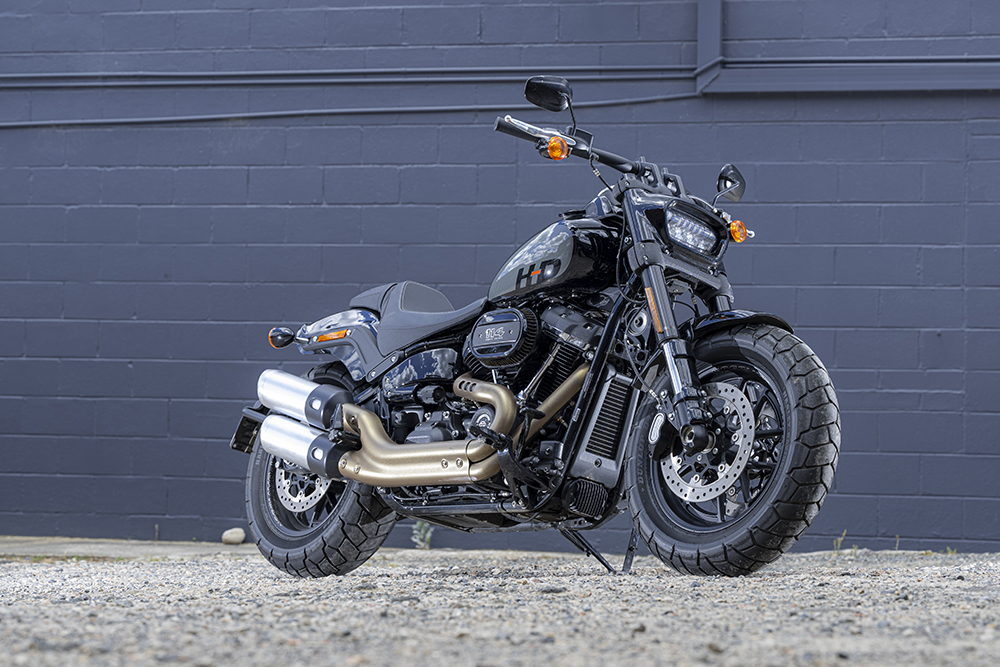
The first step was meant to be a Stage 1 kit that included a Screamin’ Eagle exhaust and high-flow air filter (AMCN Vol 72 No 13). For the reasons mentioned above, we’ll go from standard straight to the Stage 2 kit which builds on the Stage 1 components by adding a Screamin’ Eagle high-torque camshaft kit, performance pushrod kit and a Screamin’ Eagle tuner.
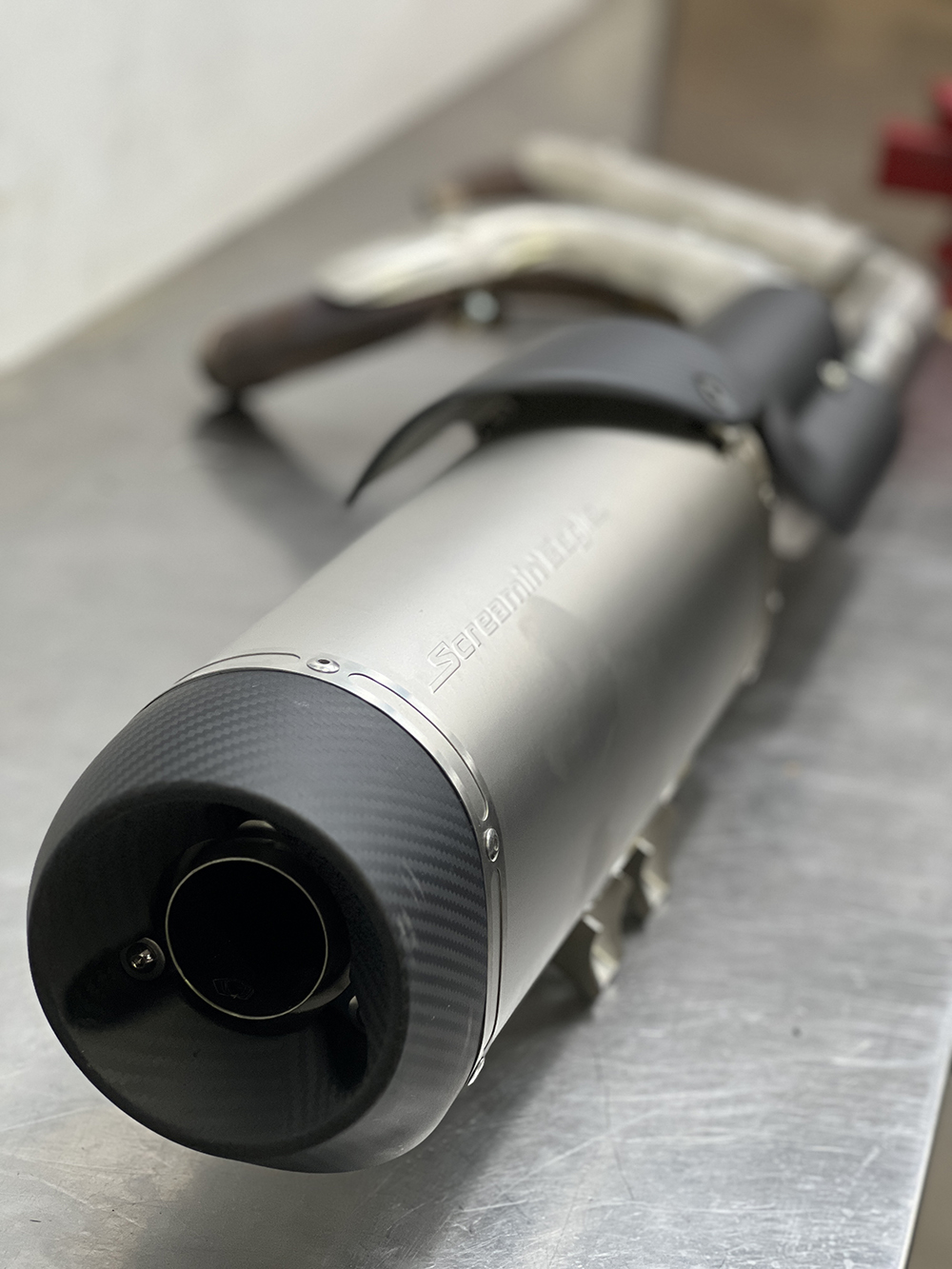
We had also planned to run Bob up the quarter-mile in standard trim, then again with the Stage 1 kit installed, and finally with the Stage 2 kit fitted and tuned so we could compare the difference each performance upgrade made over Bob in stock trim. But with the Stage 1 instalment skipped, Bob will just get two runs at the drags.

Bob’s first run down the quarter took place at one of Sydney Dragway’s Bike Night events. Having a crack is easier than you may think, and I enjoyed it immensely. It was my first attempt at the drags and, although I never came to terms with the Christmas tree completely – my reaction times need some work – Bob surprised with good 60-foot times. The 60-foot timer measures the time you take to cover the first 60 feet (18.2m) of the quarter-mile (402m) strip.

The best I could muster was 1.760sec, which I’m told by people in the know is a pretty smart time for a stock bike. I’m pleased to say that Bob was never bettered off the line and we held our own against most bikes – until the 1/8-mile (201m) mark, anyway. That is mostly to do with Bob’s 160Nm of torque attempting to turn the rear tyre into mush. Also assisting getting off the line is the riding position. You feel like you’re really riding up over the front on the Fat Bob and, while it’ll give a slight lift of the front wheel, it’s nothing to get worried about if you’re mindful of leaning forward and getting as much weight over the front as possible.

One issue that did present itself on the strip that has never been an issue on the road was the shift from second to third gear. I was flat shifting – off the gas, no clutch, change up – and on a couple of runs there’d be a false neutral lurking between the two cogs. According to a Harley-Davidson technician conveniently on hand during the event, this is caused by flex within the gearbox. And with third gear sitting at the end of the shaft, it cops the most flex. Using the clutch to change between second and third completely resolved the issue.

On my first few runs I refrained from ripping a huge burnout so I could save a bit of tread for the ride home, but as I started to get off the line better traction became an issue and I was forced to return to burnout-ville (my happy place) in order to get off the line without lighting up the rear. I could have lowered the rear tyre pressure but I didn’t, instead opting to run Bob in absolute stock form. Bob and I logged respectable quarter-mile times for a dragstrip newbie on a standard bike, most of which were in the upper 12-second bracket, with a best run of 12.760sec – not bad for a stock Harley.
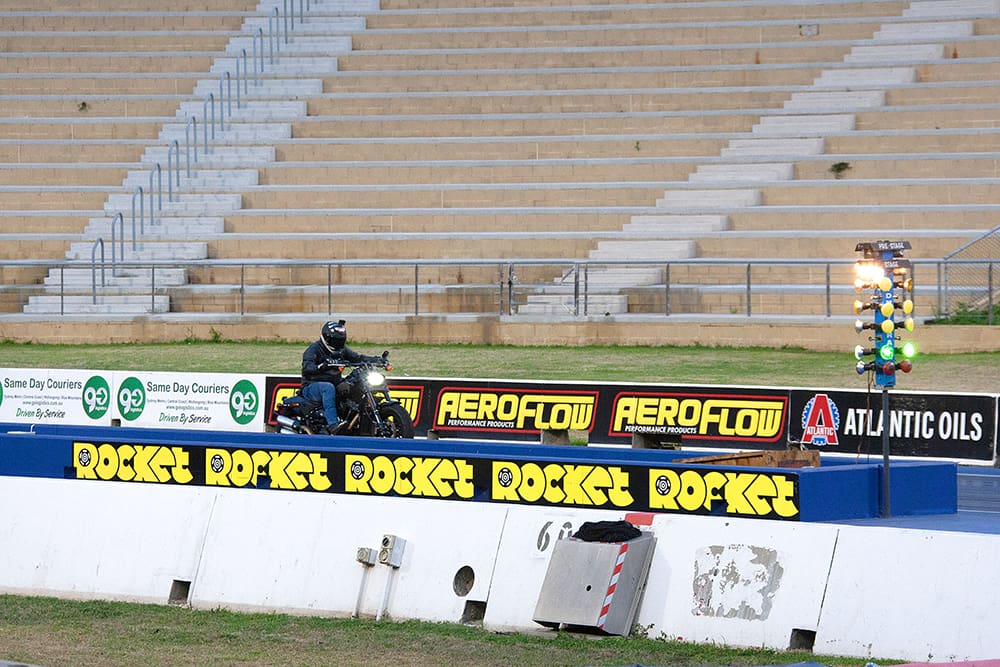
Bob’s a weapon out of the gate, but his lack of outright horsepower and my expansive surface area were holding us back. We’d get the jump on most, but by the 1/8-mile mark Bob had run out of puff and we were hosed by all but one competitor – even a Yamaha YZF-R7 smoked us.

Now that we’ve run Bob down the quarter in standard form it’s time to step up to the Stage 2 kit. We ran some respectable times, sure, but there are gains to be made in the horsepower department and, as you read this, Bob’s getting some go-faster goodness bolted on at H-D’s Technical Training Centre at Harley HQ. We’ll bring you the details surrounding that in the next instalment.
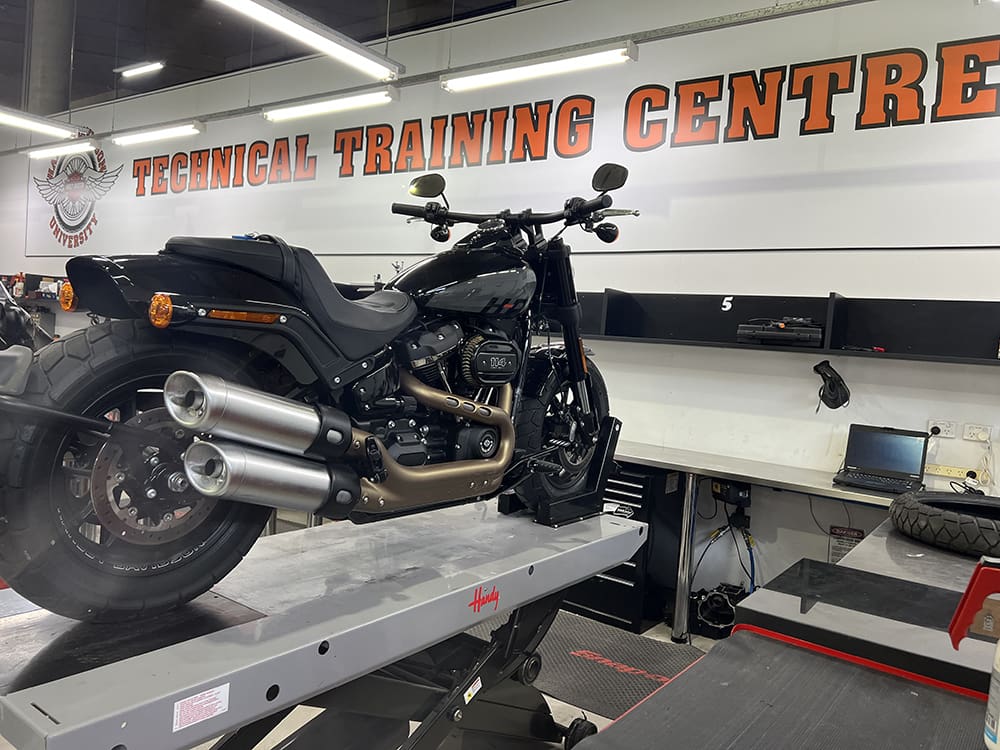
With the upgrade rolling I booked another Bike Night event at Sydney Dragway. With the Stage 2 kit in, at least some experience under my belt and a warm tyre with some pressure sucked out of it, I’m hoping to get Bob down the strip in the low 12-second range.

The performance bling will help increase torque and power across the rev range, although if you are looking for more outright power opting for the power cam kit would be the go, especially if you think heading to the drags might become a regular thing. I chose the torque kit because I reckon more torque is a better option on the road – Bob is a cruiser after all, and cruisers are all about torque.

While I’m eager to sample the performance upgrades on track, what I’m really looking forward to is testing out the upgrades on the road and hearing Bob sing through the hills with his new system fitted. And Bob is already a barrel of fun to get off the traffic lights when you are heavy-handed with the clutch so he should be outrageously fun with the Stage 2 kit installed – better start saving for a rear tyre.
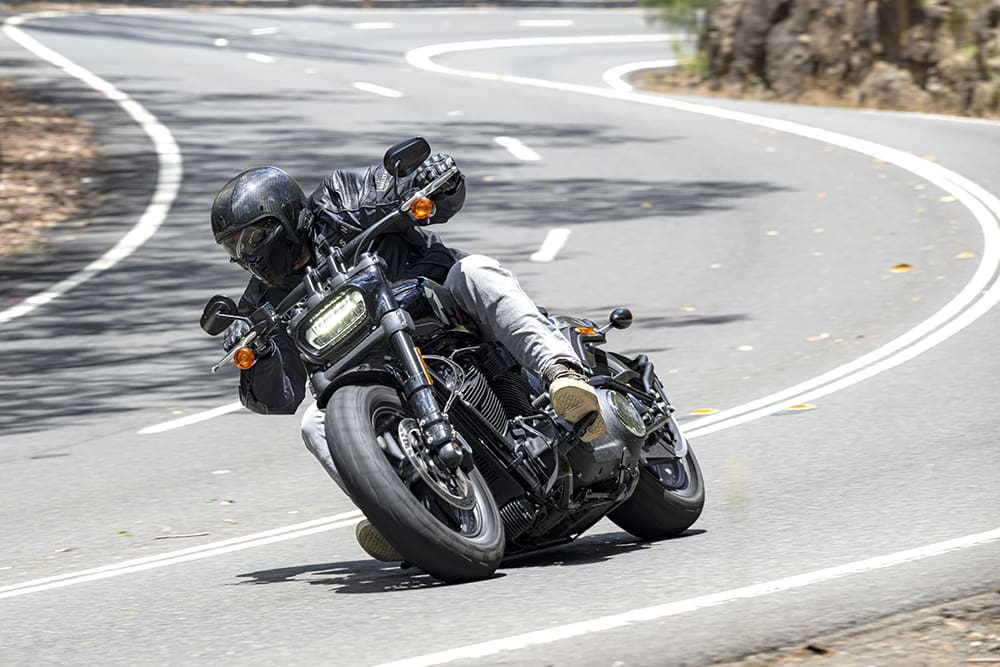
All going to plan, I’ll take a trip west to sample upgraded Bob on the road before I hit the strip again and report back on whether these upgrades are worth your dollars.

We’ve gone with Screamin’ Eagle parts which aren’t cheap, but there are sure to be less expensive ways of achieving similar performance upgrades. The one important thing to remember is that if you fit Screamin’ Eagle kit, your warranty won’t be affected, whereas aftermarket performance mods may void your warranty.
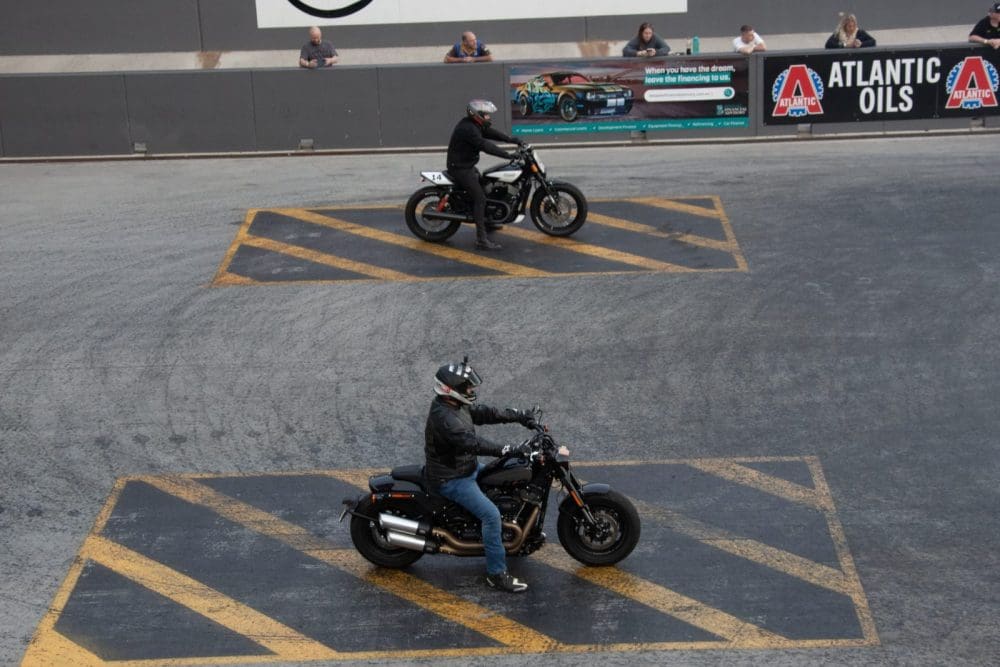
Bike Night
Going to the drags is easier than you think and it’s a whole bunch of fun
If you live in Sydney and want to see what you and your two-wheel machine can do down the quarter mile, grab your gear and get on out to Sydney Dragway at Eastern Creek. Formerly called Western Sydney International Dragway, or WSID, Sydney Dragway hosts bike-only nights so you don’t need to race alongside some tin-top or wait while they remove the contents of someone’s blown diff from the track.
The process is pretty simple; you either book your place online or you can cough up the dough at the gate. Once in, you simply sign your paperwork, get a wrist band then head over to get your bike and gear scrutineered. You’ll need a minimum of a proper motorcycle jacket and pants, motorcycle boots that cover the ankles, an AS1698-approved full-face helmet and a copy of your licence. Once that’s done it’s simply a matter of lining up and waiting your turn.
When it’s your turn you’ll be ushered forward by a marshal to a staging area while you wait for the rider on the startline to go and the person in the staging area to rip a tyre-frying burnout and move to the startline. At this point, you will be directed to move to the staging section and wait.
Once the rider in front has gone you’ll be signalled to move to the start line. There you find two lines that your front wheel must be within to get racing.
Two illuminated white lights at the top of the Christmas tree signal that you’re in the right spot. Once both riders are in position the starter will press the go button and the Christmas tree will show three amber lights in succession, followed 0.4sec later by the green, which means go and go bloody now. The drags aren’t just about having bulk horsepower – your reaction time is almost as important.
Once you’ve completed your run and smoked your mate, you head back around to the starting area via the timing booth to collect your run times before starting the process all over again.
If you’re a first-timer like I was or haven’t been to the drags for years, Sydney Dragway has a fantastic resources page (sydneydragway.com.au/technical-resources) that will word you up on all you need to know before you race.
Everything from what you need to take, gear and bike expectations through to how the Christmas tree works and the rules of racing. You can also jump on the National Hot Rod Association’s website (nhra.com) which I also found very helpful.
A ticket to race down the strip will set you back $60 if you book online, or $70 if you pay at the gate. Who said racing is expensive?
